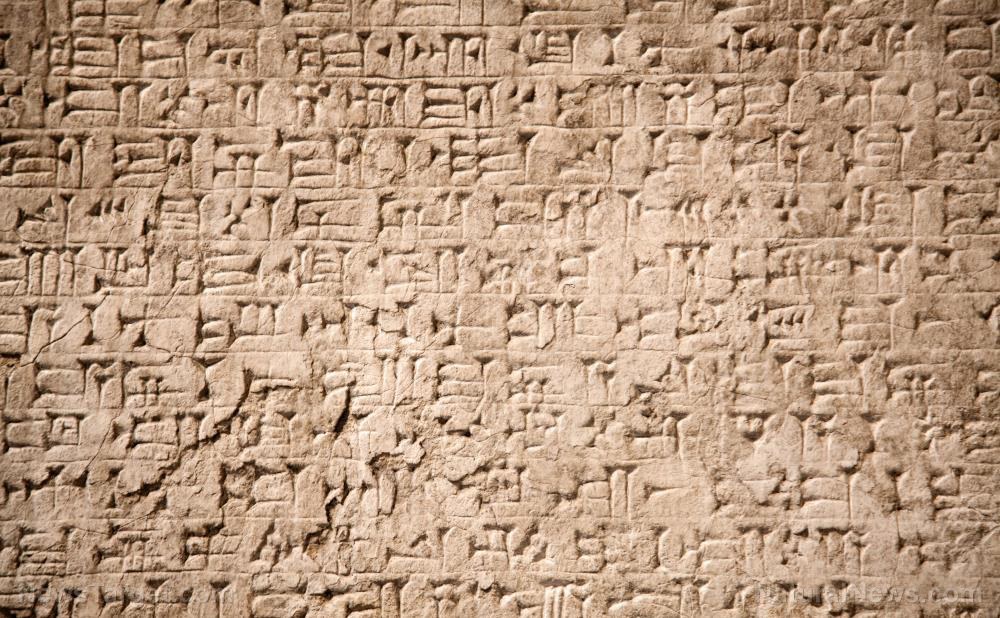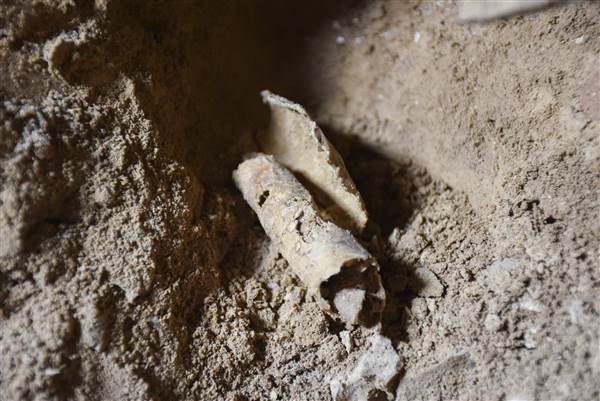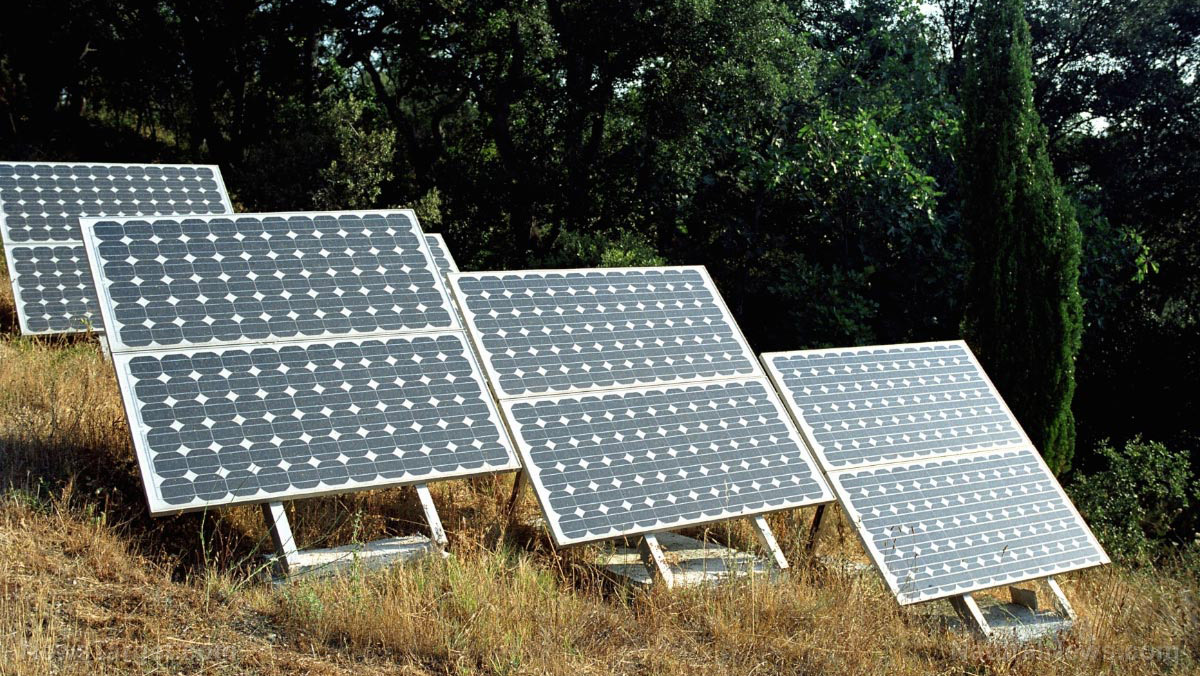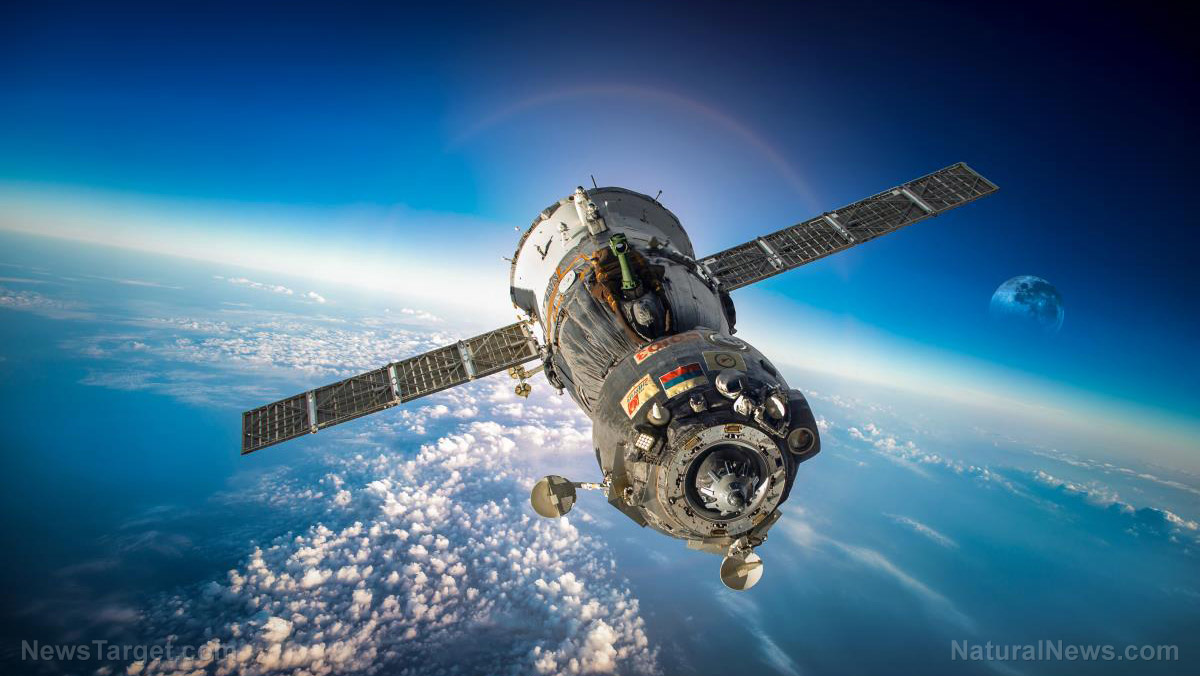Gooey rocks deep within the San Andreas fault generate silent earthquakes, study finds
09/12/2020 / By Virgilio Marin

Seismologists have been detecting deep, silent earthquakes along the Parkfield segment of the San Andreas fault for years. These tremors occur well below the point where most seismic activity in California is recorded, leaving geologists puzzled about why they happen.
Researchers from the University of Southern California and the China Earthquake Administration attempted to find out what’s causing these quakes. They suggested that the heavy slabs of rocks below the Parkfield segment are partially melting, triggering a positive feedback loop that produces the mild quakes.
In turn, the quakes may redistribute stress along the fault, which can lead to seismic movements in the crust above.
“There is a possibility that these tremors may play an important role for triggering larger earthquakes near the surface,” said geophysicist and co-author Sylvain Barbot.
The findings of the study were published in the journal Science Advances.
Melting rocks drive tremors
The Parkfield segment of the San Andreas is one of the most intensively monitored sections of the fault. Interest in Parkfield sparked due to its relatively predictable behavior; geologists observed that magnitude 6 earthquakes occurred there at fairly regular intervals: 1857, 1881, 1901, 1922, 1934 and 1966.
In 1993, researchers hoped to make the first earthquake prediction on this segment, an attempt that backfired when the fault failed to rupture and generate a magnitude 6 earthquake as predicted. Instead, that earthquake broke out in 2004.
In the same year, geologists drilled into the fault zone to place seismometers about 1.2 to 1.8 miles below the surface to improve monitoring efforts. These trackers worked alongside GPS instruments to give scientists a detailed look into the fault and allow them to detect seismic activity that couldn’t be normally detected.
Geologists were able to spot a series of tremors that occur 10.5 miles below Earth’s surface, which are over a mile deeper than the quakes that typically hit elsewhere in California. They occur every few months. And they may be linked to the recurring magnitude 6 earthquakes in the Parkfield segment.
“We’re studying these [small quakes] because these earthquakes occur every few months,” said Barbot. “[Our] findings apply to understanding large earthquakes.”
For the study, the team developed a computer model to simulate the Parkfield segment and its behavior. They found that friction and high temperatures play an important role in producing the tremblors: They heat up and partially melt as the rocks slide against each other, with temperatures ranging from 1,100 to 1,650 F depending on the type of rock.
“Just like rubbing our hands together in cold weather to heat them up, faults heat up when they slide. The fault movements can be caused by large changes in temperature,” said Barbot.
The gooey rocks move more easily and generate more friction. They heat up further, causing them to move faster. This positive feedback loop is responsible for the deep, silent earthquakes that geologists have been detecting for several years.
The researchers suspected that these quakes play a role in generating bigger earthquakes near the surface. It’s also possible that movements higher up along the crust are driving these smaller, deeper quakes.
The team plans to search for indicators of melting in order to learn more about what happens to deep-seated rocks when they melt. Findings from this effort will greatly enhance their models and may even improve earthquake forecasts. (Related: Scientists warn a massive earthquake is on the horizon for California.)
Salton Sea records more than 50 temblors in one day
A swarm of mild earthquakes occurred in southern California back in August. It was located beneath the Salton Sea, which is eight miles from the southernmost tip of the San Andreas fault.
The U.S. Geological Survey recorded 54 temblors on the swarm’s first day, fueling worries that it might trigger the “big one.” However, this year’s swarm isn’t the first time something like this happened, said the USGS. The Salton Sea region has been hosting swarms since at least the 1930s.
Experts suspected that slow, incremental movement along faults or fluid moving around may be causing the swarms.
Disaster.news has more on research on San Andreas.
Sources include:
Tagged Under: California, cool science, disaster, earthquake swarm, Earthquakes, geology, research, Salton Sea, San Andreas fault, temblors, tremors
RECENT NEWS & ARTICLES
COPYRIGHT © 2018 BREAKTHROUGH.NEWS
All content posted on this site is protected under Free Speech. Breakthrough.news is not responsible for content written by contributing authors. The information on this site is provided for educational and entertainment purposes only. It is not intended as a substitute for professional advice of any kind. Breakthrough.news assumes no responsibility for the use or misuse of this material. All trademarks, registered trademarks and service marks mentioned on this site are the property of their respective owners.




















